With the spirit of "Speed, boldness, surprise, determination to win", after only 6 days of training and urgent conversion of aircraft types, on the afternoon of April 28, 1975, the Victory Squadron, consisting of 4 pilots of the 923rd Regiment, namely Nguyen Van Luc, Tu De, Han Van Quang, Hoang Mai Vuong and pilots Nguyen Thanh Trung and Tran Van On, used A37 aircraft to attack Tan Son Nhat airport. The attack destroyed 24 aircraft, causing panic among the US-puppet forces, accelerating the process of disintegration of the Saigon puppet regime.
Pilots Nguyen Thanh Trung, Nguyen Van Luc, Tu De, Han Van Quang, and Hoang Mai Vuong were awarded the title of Hero of the People's Armed Forces. Pilot Tran Van On was awarded the First Class Liberation Feat Medal.
The pilots of the Victory Squadron overcame the “unthinkable” such as only having time to learn to fly a converted aircraft in a few days, flying combat without radar, without guidance, unfamiliar with the combat area, unfavorable weather… to complete the historic mission of bombing Tan Son Nhat airport. The time was not favorable, the place was not favorable, but there was “harmony between people”, with the iron determination to win this battle at all costs, the squadron brothers quickly and boldly launched a surprise attack on the last lair of the US puppets, causing the enemy to panic, quickly disintegrating their will to defend Saigon to the death.
For Colonel, Hero of the Armed Forces Nguyen Van Luc, participating in the battle in the historic Ho Chi Minh campaign was an honor, a pride, and also an act that affirmed the bravery, will and high determination of the Quyet Thang Squadron, creating trust with superiors.
![]()
Hero of the People's Armed Forces Nguyen Van Luc (second from left) shares during the exchange at Nhan Dan Newspaper .
“THE FRONT'S SPEED OF THE FRONT URGES US TO BE DETERMINED TO COMPLETE THE MISSION”
At the age of 26, after a period of time with his comrades protecting the northern skies, shooting down many American planes in the north, Colonel Nguyen Van Luc - Captain of Company 4, Regiment 923 received orders to leave Tho Xuan, go to Da Nang to prepare for a big battle to contribute to the liberation of the south. The 12 pilots selected were all excellent pilots, elite and proficient in combat.
“We are honored to be entrusted by our superiors with the task of carrying out combat. It is a big responsibility, so the Company has tried its best. We told each other that this is an opportunity for us to make achievements, to repay the nurturing, education and training of the Party, State, army and people,” he said.
At that time, Da Nang Airport only had 2 A37s, but after the first day of training flight, one of them broke down. Time was short, aircraft were scarce, training had to be quick and short, so the most elite pilots, with experience, skills and fighting spirit, and the highest determination had to be selected to practice first, ready to carry out the tasks assigned by superiors.
Each person was allowed to fly 3 flights, flight time 1 hour 30 minutes, new plane, very difficult. With the will of the front urged us to carry out the order at all costs.
People's Armed Forces Hero Nguyen Van Luc
The entire squadron had only a very short time, 3.5 days, to train to convert from Soviet-made aircraft to American aircraft. Two completely different aircraft systems, equipment, and languages were the first challenges for the squadron.
Normally, to change aircraft type, pilots need about 6 months, of which 2 months are for theory and 4 months are for flight practice (equivalent to 60-80 hours of flight). Those 6 months, the whole squadron can wrap up in 3.5 days, including more than 1 day of theory and 2.5 days of practice. "Each person can fly 3 flights, flight time 1 hour 30 minutes, new aircraft, very difficult. With the will of the front urging, we are determined to carry out the orders at all costs", Mr. Luc expressed.
To achieve such a rapid conversion result, Colonel Nguyen Van Luc, commander of the Quyết Thắng Squadron, attributed the success to the puppet pilots and technicians we had recruited: “We were able to influence and convince a number of puppet pilots and mechanics to serve us - that helped us learn faster and prepare to complete our combat missions.” This also demonstrated the vision of the Command, which knew how to exploit and use the enemy’s forces that we needed to help us complete our missions.
Many options were put forward for the squadron to discuss together. Targets such as the Independence Palace, the General Staff, the General Police Department, the US Embassy, and the Nha Be fuel depot were all located within the city, making it difficult to detect targets from a height of thousands of meters. Even if the target was identified, during the bombing, there could be “bombs falling and bullets straying”, endangering the lives of the people of Saigon”.
Among the targets, Tan Son Nhat Airport was the most ideal choice for the bombing because the airport was large and could be seen clearly from afar, allowing the squadron to take the initiative and deploy their combat formation. “This was a very dangerous choice of attack target because Tan Son Nhat Airport was a stronghold, the last hope for the enemy to evacuate and flee if Saigon fell. Therefore, attacking Tan Son Nhat Airport would cause the enemy to panic, their will to defend would collapse faster, creating conditions for our troops to enter Saigon faster, with less bloodshed,” Mr. Luc said with a spirited voice.
Company 4, Resistance Regiment is the cradle of the Quyet Thang Squadron, the only unit in the Air Defense - Air Force to be awarded the title Hero of the Armed Forces three times.
![]()
Hero of the People's Armed Forces Nguyen Van Luc:
- Year of birth: May 1, 1947
- Hometown: Vinh Phuc
- From 1965 to 1968: Flight student of Vietnam Air Force School
- From 1968 to 1975: Fighter pilot of Air Force Regiment 923
- He shot down 3 American planes.
- He was a member of the Victory Squadron that attacked Tan Son Nhat airport during the Ho Chi Minh campaign.
- He was awarded 3 Uncle Ho badges, 5 Military Exploit Medals...
“PEACE” FOR THE HISTORIC ATTACK
Having gone through the difficulties of conversion training, now they had to face the difficulties of “heavenly time, earthly advantage”. On the afternoon of April 28, 1975, it was drizzling and cloudy. The squadron flew by eye, without radar, without guidance. All of them did not know the Saigon area, did not know the target, except for pilots Nguyen Thanh Trung and Tran Van On. We followed the “4 self” motto: Go by yourself - Find by yourself - Fight by yourself - Return by yourself.
With the determination and efforts of everyone, including pilots, command organizations, technicians... all focused on the mission of attacking Tan Son Nhat airport. Careful preparation on the ground "created conditions for us to press the final button to complete the mission", he said.
In the midst of difficulties, we saw the wisdom and skillful direction of Commander Le Van Tri in commanding the battle and the determination of the entire squadron. Before carrying out the mission, the Commander ordered the bombing target to be the area for fighter planes, taxiways, and the area for storing bombs and ammunition of the puppet air force at Tan Son Nhat airport. This attack had to cause continuous explosions, shaking Saigon. A very important thing for the squadron was to ensure the safety of the people and our two military delegations at Camp David-Tan Son Nhat.
Talking about the "art" of combat, Colonel Nguyen Van Luc excitedly said: Secrecy, surprise, and lightning speed are the goals set for the entire squadron. To ensure a safe flight path, the squadron "blended" into the enemy's familiar flight path from Phan Rang, around Vung Tau to Saigon. Nguyen Thanh Trung, who knew the terrain, was assigned to fly first and lead the way. The other pilots flew in formation at a predetermined distance, ensuring they had surveillance, attack, and cover. The squadron flew low to avoid enemy radar, but had to calculate to avoid our army's anti-aircraft fire. The flight time was dusk, to attack at the moment the enemy was most vulnerable when changing shifts.
About 40 minutes later, the squadron approached Tan Son Nhat Airport and attacked with the first bombs, causing a shockwave in the airport. The squadron members dropped bombs one after another, shaking the entire city of Saigon. The pilots could still clearly hear the enemy's urgent questions from the Tan Son Nhat Airport command post: "Which squadron is the A-37 from? Tell us your call sign." The entire squadron heard the enemy's hoarse voice.
From above, the squadron saw columns of smoke rising high into the sky. On the ground, the puppet army panicked and fled, while their air force and anti-aircraft artillery were completely passive and had no time to react. After dropping bombs and launching airstrikes, the squadron successfully completed the mission with 18 bombs hitting the target.
He recalled the special moment: “We escaped and flew straight back to Phan Rang airport because we had completed our mission. Flying straight would be safe and save fuel. When we arrived in Phan Rang, it was almost dark. I had to fly back around to give priority to other comrades landing. When we landed last, I had to turn on the lights to taxi back.”
Returning, in the twilight, the pilots were moved to tears as everyone poured out to the airport to wait. When landing, everyone rushed out to congratulate them . Commander Le Van Tri shook hands and hugged each person, so happy and proud. So the opportunity to make achievements had come true, paying off the training and education efforts of the Party, State and army.
![]()
Members of the Quyết Thắng Squadron next to an A-37 aircraft, the type used to bomb Tan Son Nhat.
![]()
Members of the Quyet Thang Squadron share memories (from right to left: Han Van Quang, Nguyen Van Luc, Tran Van On). (Photo: HUU VIET)
![]()
Members of the Quyết Thắng Squadron and those who served in the squadron during the battle at Tan Son Nhat. (Photo: HUU VIET)
The bombing that shook Saigon caused panic among the American military advisors and the Saigon puppet army and government officials. After only one day, the US was forced to organize an evacuation “campaign” called “The Daredevil”, sending all its helicopters to Saigon to pick up the American military advisors and the fleeing Saigon puppet army and government leaders.
After half a century of complete liberation of our country and our people, recalling the historic victory of that year, Mr. Nguyen Van Luc was moved and emotional about the years he devoted himself to the struggle for national liberation, regardless of his life.
“To achieve that victory, it was the brave sacrifice and determination of the entire nation to fight and win to create a historic victory, in which we were very honored and fortunate to be assigned by the Party, the State and the Army one of the important tasks, which was to attack the enemy's last lair. We felt honored, proud and felt that we had contributed our small efforts to the nation's historic victory,” Mr. Luc said emotionally.
Celebrating the victory of liberating the South, the pilots returned to Can Tho airport to continue fighting to liberate the southern islands. In 1976, he went to Hai Phong to work as a flight instructor at sea, dropping thia lia bombs at sea. In 1978, he led the squadron of Regiment 923 to Bien Hoa to serve the mission of fighting to liberate Cambodia.
Over the past 50 years, the former squadron commander has still been working as the Chief of the Quyết Thắng Squadron Liaison Committee. In the days after the country was liberated, pilot Hoang Mai Vuong sacrificed his life while on duty. Later, when he had the opportunity to burn incense for his comrades, looking at the simple house with the portrait and incense burner placed on a coffin, he could not help but feel sad. As a Company Commander, Mr. Nguyen Van Luc asked the Commander of the Air Defense - Air Force to donate some essential items, a television and financial support to repair the house to make it more spacious, and this was done immediately. For pilot Tran Van On, the Squadron also asked Division 370 to support the donation of a savings book to his family. These things demonstrate the commander's responsibility to his comrades.
![]()
Exactly 50 years since that historic battle, Mr. Nguyen Van Luc is busy organizing a meeting. He confided that, up to now, only 25 comrades are still alive, and in the coming years there will probably be more. He hopes that this time he will be able to invite all the current leaders, heads of units and comrades to reminisce and recall the "unique" heroic feat of the Vietnam People's Air Defense - Air Force.
“In the 10 years from 1965 to 1975, we only carried out the task of defending, protecting important targets to fight against the enemy's destructive war. After 10 years, our air force both fought and built up its forces at the historic moment of April 1975. We not only defended and protected, but we also switched from defending to attacking the enemy's last lair, shaking Saigon, defeating the enemy's will, and dominating the sky of Saigon. That is the pride of our army in general and the Vietnam Air Force in particular,” Colonel Nguyen Van Luc proudly said.
Source: https://special.nhandan.vn/phicongnguyenvanluc-phidoiquyetthang/index.html







![[Photo] Hanoi morning of October 1: Prolonged flooding, people wade to work](https://vphoto.vietnam.vn/thumb/1200x675/vietnam/resource/IMAGE/2025/10/1/189be28938e3493fa26b2938efa2059e)





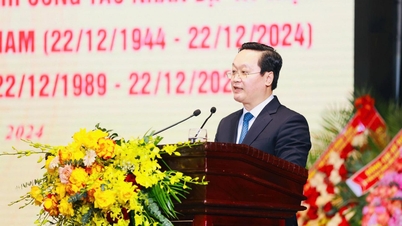















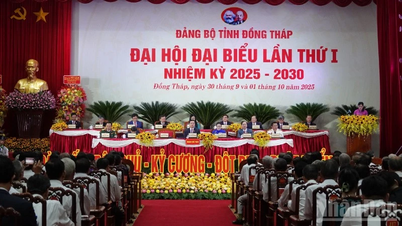
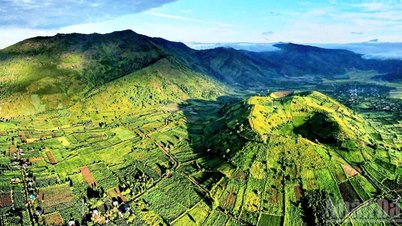
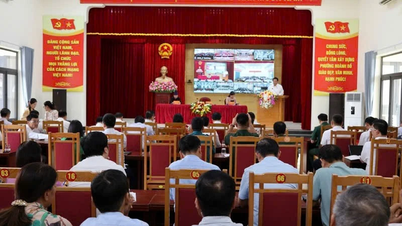


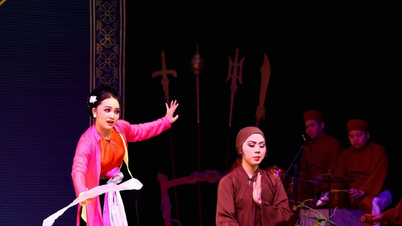
![[Photo] Panorama of the cable-stayed bridge, the final bottleneck of the Ben Luc-Long Thanh expressway](https://vphoto.vietnam.vn/thumb/1200x675/vietnam/resource/IMAGE/2025/9/30/391fdf21025541d6b2f092e49a17243f)
![[Photo] President Luong Cuong receives President of the Cuban National Assembly Esteban Lazo Hernandez](https://vphoto.vietnam.vn/thumb/1200x675/vietnam/resource/IMAGE/2025/9/30/4d38932911c24f6ea1936252bd5427fa)















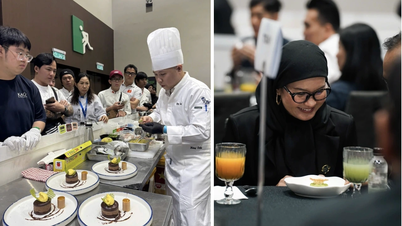
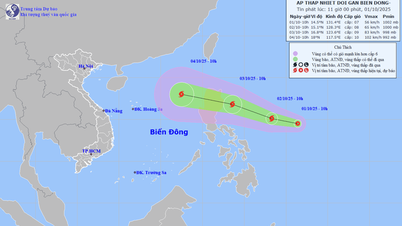
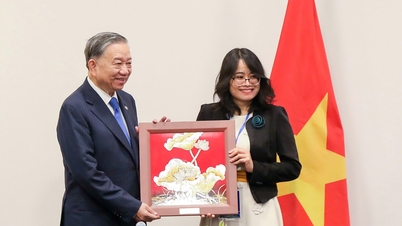

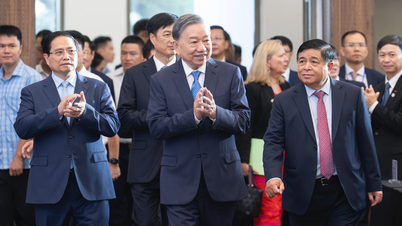
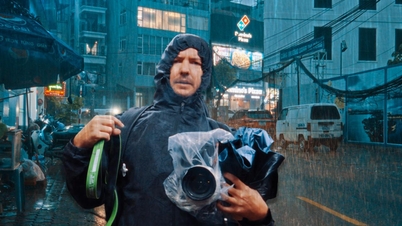



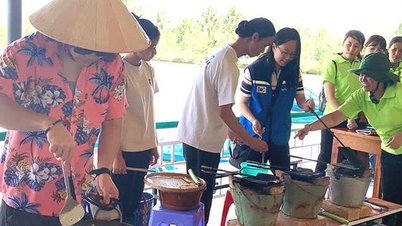


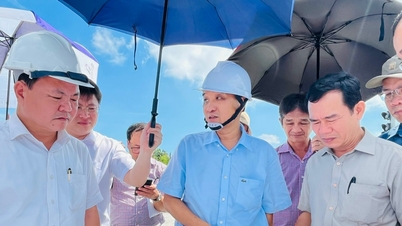

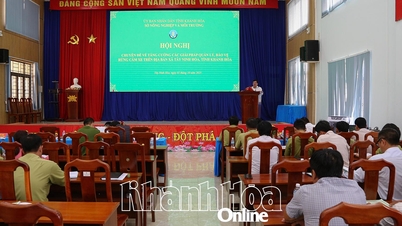

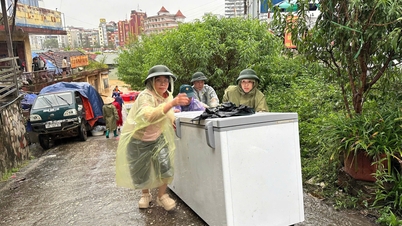

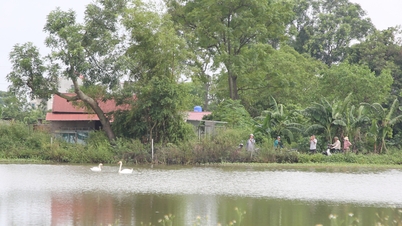



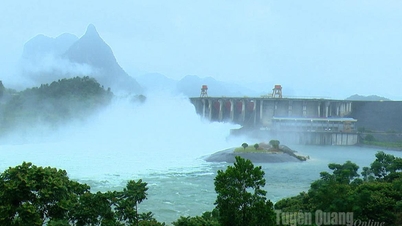















Comment (0)